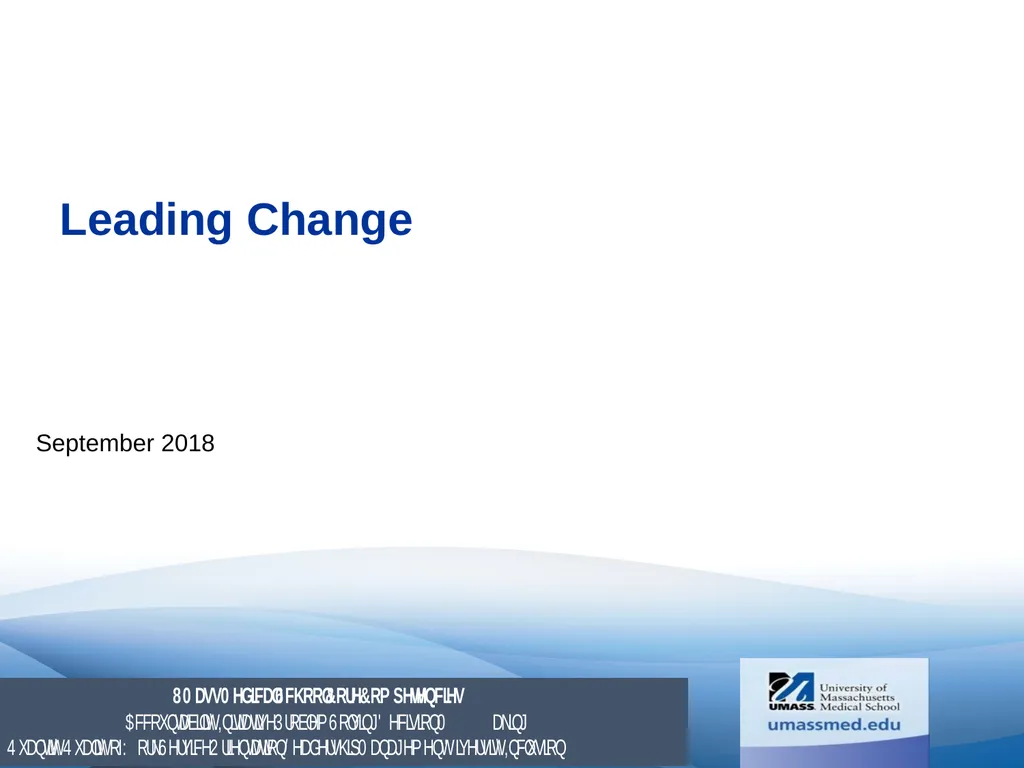
Leading Change September 2018 Learning Objectives
Author: olivia-moreira | Published: 2025-05-29
Description: Leading Change September 2018 Learning Objectives In todays session you will learn: Key reasons for having an organized approach to change management that focuses on the people element of change How people adapt to change, why they resist
Download Presentation
Download the PPT/PDF: Download
Transcript:
Loading transcript…